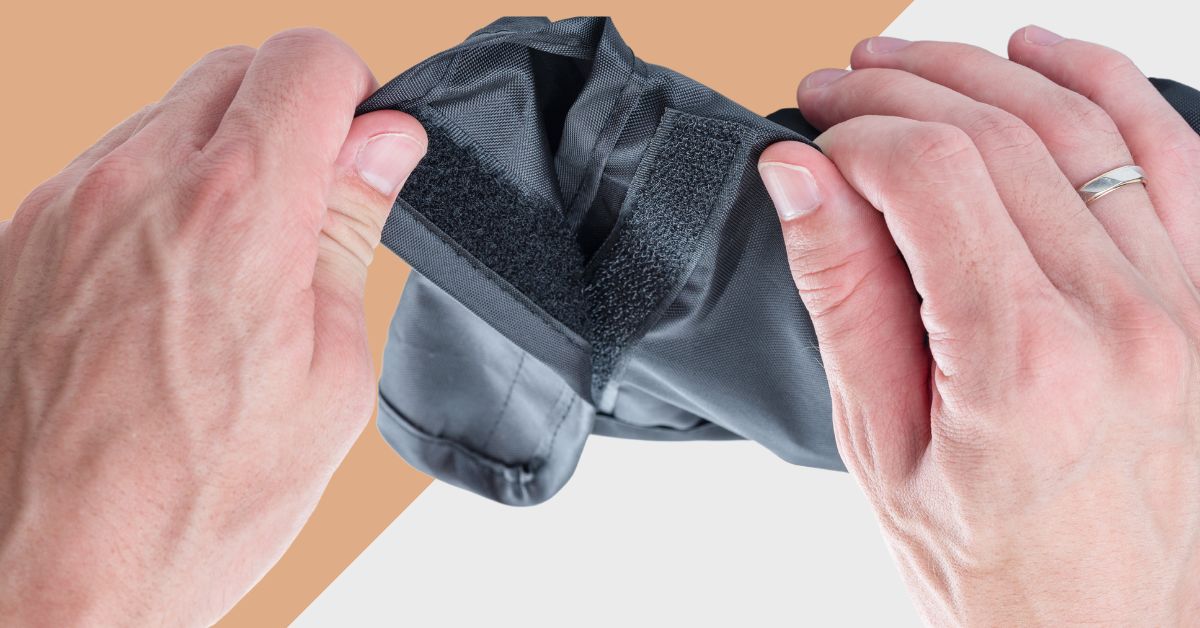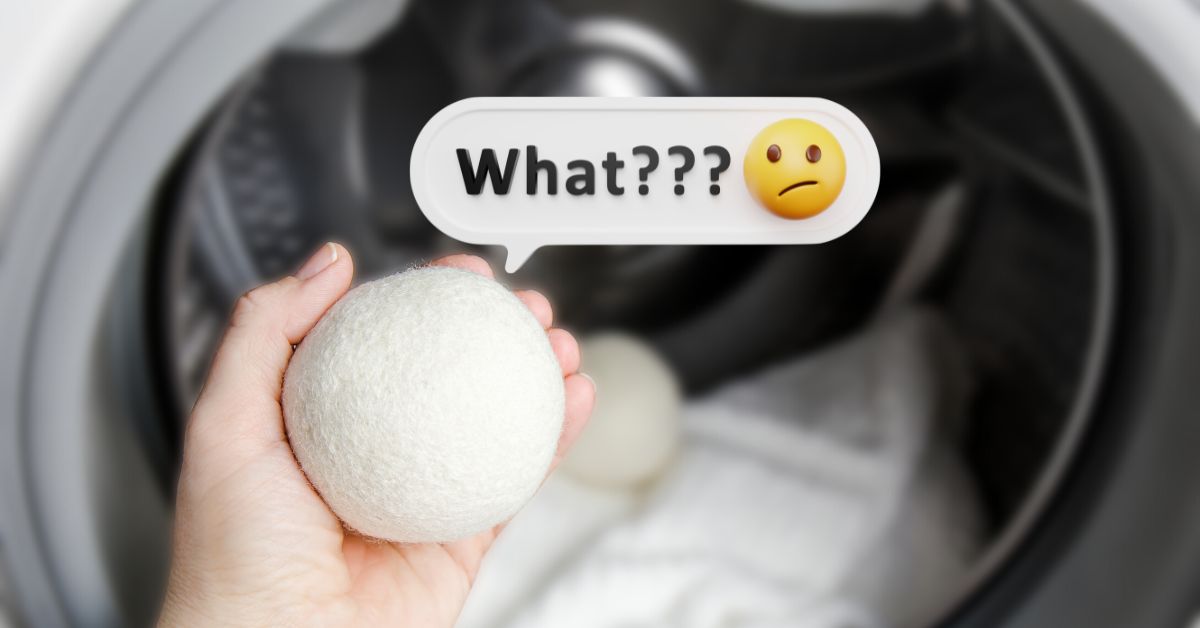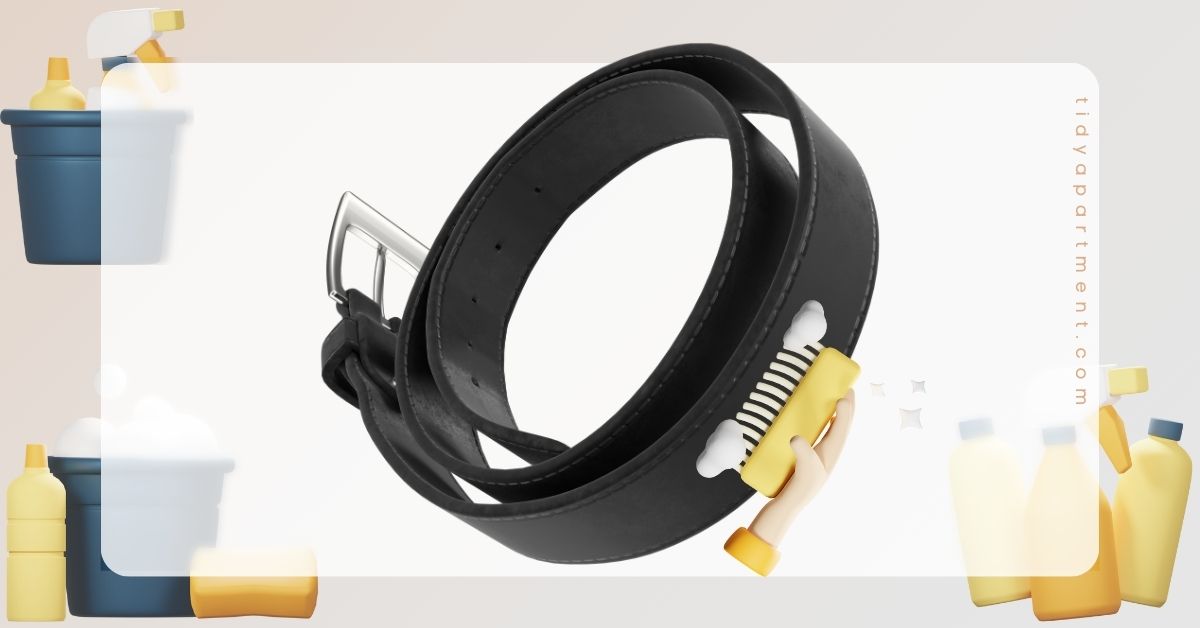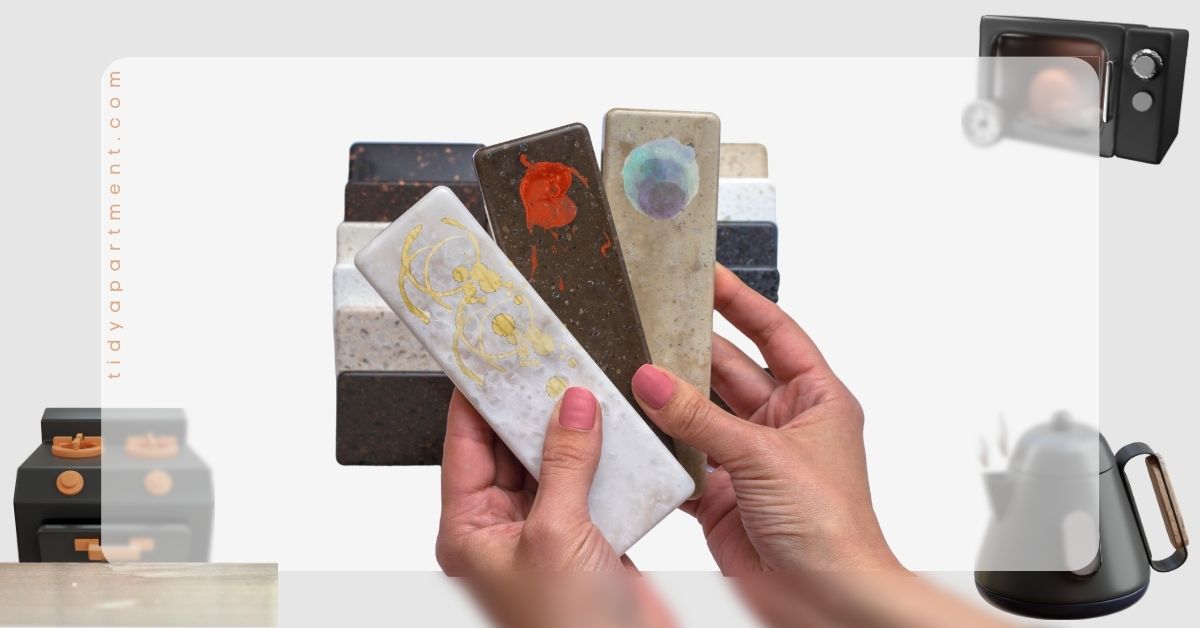Being simple to use, each one of us is a Velcro fan. Velcro eliminates the pain of tying or untying a lace, zipping or unzipping the zipper, or buttoning or unbuttoning buttons. It’s just pressing the two sides together when you need to bind them or pulling them apart to loosen them up.
Velcro is prone to gathering dust, so you must clean it frequently. If you are wondering how to wash velcro and are doubtful whether you can use water to clean it, machine-wash it, etc., then we have answers to all your questions.
Page Content
Cleaning Overview




What Will You Need
Supply
- Laundry detergent
- An enzyme-based stain remover
- Oxygen bleach
- Anti-stick spray
Tools
- Tweezers
- toothbrush with stiff bristles
- Microfiber cloth
- Small bowl
- A washer or a large sink
- A dryer or drying rack
How to Wash Velcro?
1. Read the Care Label
Reading the washing instructions on the care label on the garment to which Velcro is attached is vital. Avoid washing an item that mentions “Dry Clean Only” on the care label. Dry-clean such types of garments. However, clean the Velcro before dumping the garment in the washing machine.
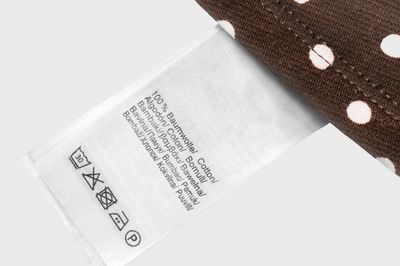
2. Close and Wash the Velcro
Ensure you close every fastener before you hand-wash or machine-wash your Velcro. If you don’t, you may risk the garment snagging and increase the amount of lint that may entangle in Velcro.
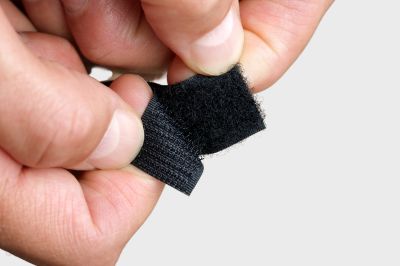
3. Dry the Velcro.
You must ensure the Velcro is closed in an automatic tumble dryer. Strictly follow the guidelines if you dry Velcro in the dryer. You can open the fasteners if you air-dry the items to help them dry faster.
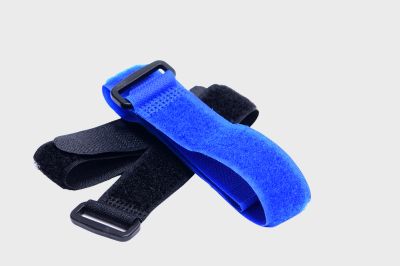
How to Make Velcro Sticky Again?
If you notice the Velcro isn’t binding as it used to when new, it must’ve lost its stickiness. However, there are ways to make the Velcro work again. Let’s find out how to bring back the stickiness.
1. Remove Debris
Velcro is prone to gathering debris over time. One method to make your Velcro sticky again is to remove the garbage that accumulates over it. A tweezer helps you pick out the debris from your Velcro. Ensure you clean both sides—the hook and the loop sides.
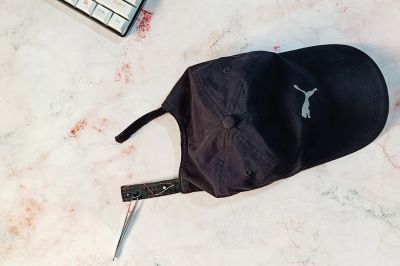
2. Scrub With a Cleaning Solution
Mix a few drops of laundry detergent or enzyme-based stain remover into a small bowl of lukewarm water. Scrub both the hook and loop sides of the Velcro with this cleaning solution with the help of a toothbrush with stiff bristles.
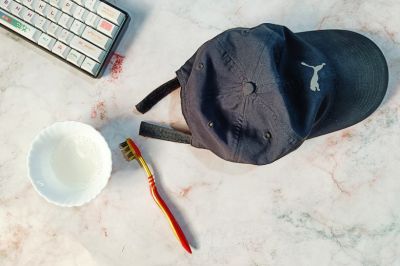
3. Rinse
Keep a microfiber cloth soaked in fresh water. Wring it till it becomes damp. Wipe the fasteners with this cloth. If required, wash the item after closing the fasteners.
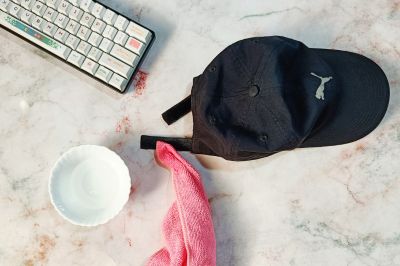
4. Whiten Dingy Velcro
White fasteners may look grungy over time. However, there’s a fix for this. Mix oxygen-based bleach with warm water. Ensure the item you need to whiten allows bleaching. You can find this information on the care label or product package.
Allow the garment to soak in the solution for about eight hours. Do not use oxygen bleach on leather, silk, or wool materials. Oxygen bleach doesn’t harm nylon-fiber fasteners or washable fabrics.
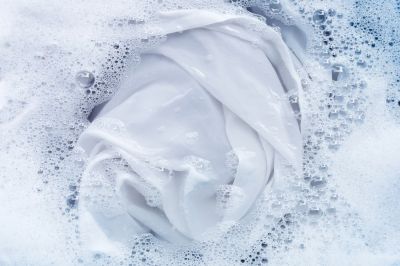
Additional Tips to Wash and Care Velcro
The following tips will help you wash Velcro correctly and keep it in good shape for a long time.
- Separate Velcro items before washing.
- Pre-treat stains before washing.
- Use a gentle cycle to wash Velcro items.
- Avoid hot water and high spin cycles.
- Use a mild detergent to wash Velcro items.
- Air-dry Velcro items instead of using a dryer.
- Avoid ironing Velcro items.
- Store Velcro items with the fasteners closed to prevent lint and debris buildup.
- Hand wash delicate Velcro items.
- Avoid using strong chemicals or solvents on Velcro.
- Test any cleaning product on a small, inconspicuous area of the Velcro before applying it to the entire item.
Can You Put Velcro in the Washing Machine?
There’s no harm in putting items with Velcro in the washing machine but with a few precautions. Ensure you snap both sides of the Velcro well before you toss them in the machine so they don’t snag on other garments.
Before washing, you must decide whether to use cold or warm water for washing Velcro. Avoid using hot water, as it may ruin the Velcro at high temperatures since it is plastic-made.
Can You Put Velcro in the Dryer?
Avoid putting garments with Velcro in the dryer. If you want quick drying, set the dryer at the lowest temperature. Velcro may deform if subjected to high temperatures since it is plastic-made.
How to Maintain and Repair Velcro if its Damaged
Velcro is a durable material that can become damaged over time due to wear and tear or exposure to the elements. When this happens, it’s essential to know how to properly maintain and repair the material to ensure it continues to function correctly.
If Velcro becomes damaged, such as if the hooks or loops become separated from the backing material, it can usually be repaired with a simple sewing technique.
First, clean the damaged area and remove any loose threads or debris. Then, use a needle and thread to reattach the hook or loop to the backing material, taking care to sew through all layers of the material to ensure a secure hold. If the damage is more extensive, it may be necessary to replace the damaged section of Velcro entirely.
Environmental Impact of Using Velcro and its Disposal Methods
Velcro is a convenient and versatile material, with some environmental impacts that need to be considered.
Firstly, Velcro is made from synthetic materials like nylon and polyester, which are not biodegradable. If Velcro ends up in a landfill, it will take a long time to break down and decompose, adding to the growing problem of plastic pollution. However, it’s worth noting that some companies produce Velcro made from biodegradable materials, which may have a lower environmental impact.
Regarding disposal, Velcro cannot be easily recycled, Most recycling programs will not accept Velcro as a recycling material as it requires a lot of power and money.
The most appropriate method of disposing Velcro is to discard it along with the other household waste. This approach, however, is not optimal as it contributes to the accumulation of trash in landfills.
Unfortunately, there are no other viable alternatives for disposing of velcro. In fact, many local waste management initiatives recommend that people dispose of Velcro by throwing it away with their regular garbage.
- Can Velcro be sanitized?
Yes, you can sanitize Velcro by cleaning it after removing the debris and then washing it by hand or machine. Use laundry detergent to wash Velcro. Ensure you close the fasteners before you toss them for washing.
- Can you use laundry detergent on Velcro?
Yes, you can use laundry detergent on Velcro to remove dirt, lint, and other debris.
- Does water affect Velcro?
Water doesn’t affect Velcro. However, hot water may ruin it.
- Can you iron Velcro?
Iron Velcro after setting the iron at the lowest temperature and closing the fasteners.
- Can you wash Velcro in hot water?
Since Velcro is made of plastic-based materials, hot water may deform it.
- Do you wash Velcro open or closed?
Always wash the Velcro after closing the fasteners.
Conclusion
Due to Velcro’s appearance, it becomes confusing to understand how or if you should wash Velcro. But the good news is that you can wash Velcro, keep it clean, and use it for a long time.
You must take precautions before tossing Velcro in the machine or hand-washing it. Before washing, it’s essential to remove the debris from both sides—the hook and the loop. In addition, when you wash, you must mandatorily ensure that you close the fasteners.
Cleaning Velcro once a month ensures its stickiness, helping you to use it for a long time.
Related: How to Clean Used Shoes
